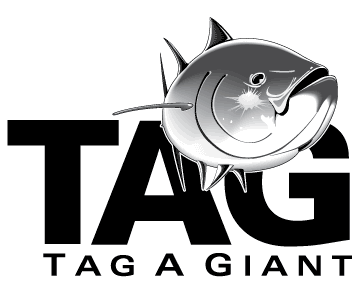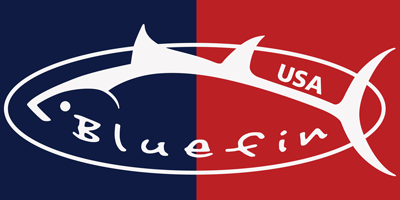Nathan G. Taylor, Murdoch K. McAllister, Gareth L. Lawson,
Tom Carruthers, and Barbara A. Block
Session 6, Talk 1, 19/1/16 @ 1100 hrs
Spatial-temporal assessment methods capture alternative population dynamics of bluefin tunas but also expose new analytical and management challenges. We briefly review some current spatial assessment methods. We describe the motivation for the Multistock Age Structured Tag integrated assessment model (MAST) that was developed for Atlantic bluefin tuna stock assessment. It originated as a 5 area, quarterly time step, two stock model that uses otolith microchemistry, catch, commercial catch per unit effort, conventional, and electronic tagging data. While the absolute values MAST’s biomass estimates differ from its single stock single area counterparts, some of the broad stock trends are similar. However predictions of policy performance differ significantly between single and two stock models: Importantly, MAST illustrates that the western stock recovery depends on the harvest policies applied to the eastern stock. The modeling exercise also illustrates some key data gaps, notably: the limitations of conventional mark-recapture data; the need for a clear resolution to the maturity ogive; and the need for mark-recapture data to be assigned to specific stocks. Finally we discuss the use of spatial temporal assessment methods in modernizing science-based fisheries management as operating models in the Management Strategy Evaluation context.
Contact: N. Taylor, Pacific Biological Station, Nanaimo, British Columbia, Canada, This email address is being protected from spambots. You need JavaScript enabled to view it.














